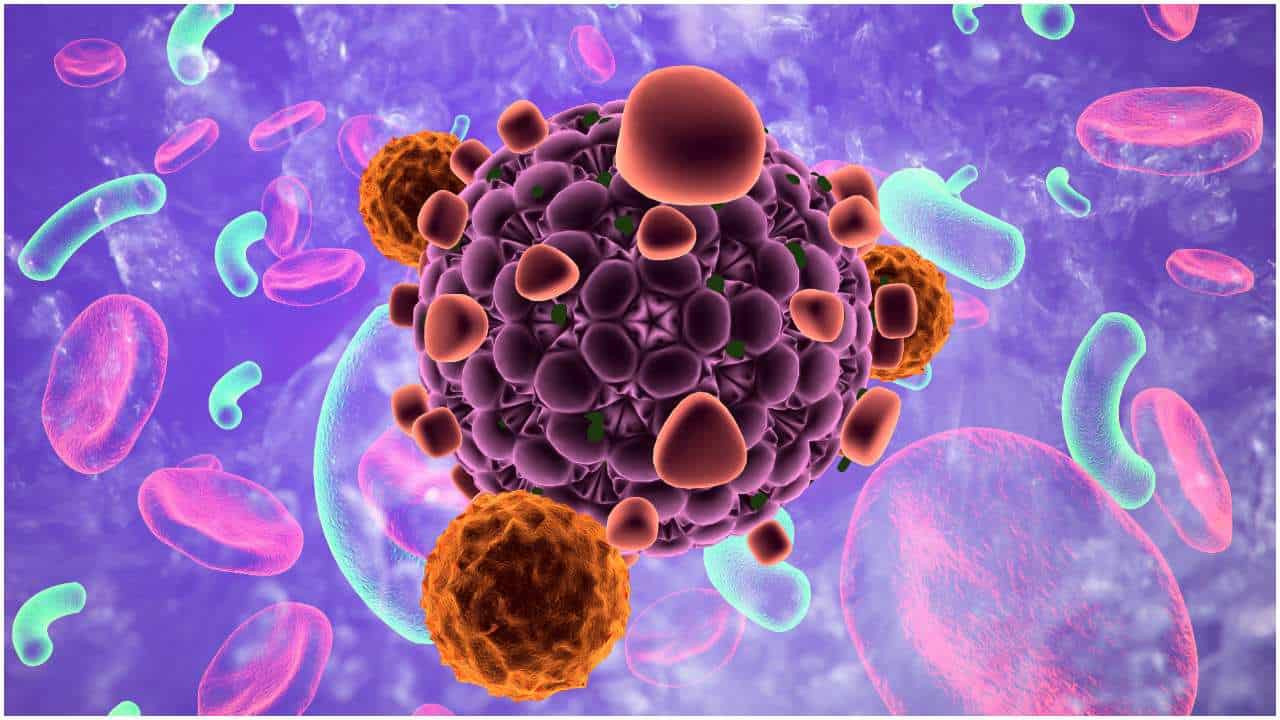Cerasee Tea (Bitter Melon Tea) – Side Effects and Health Benefits (Weight Loss, Detox, Skin Health):
Cerasee tea, also called bitter melon tea or bitter gourd tea, is an herbal drink prepared using the fruits and leaves of cerasee plant (Momordica charantia), usually found in Asia, Africa, and the Caribbean.
Momordica charantia, a member of the Cucurbitaceae family (cucurbits), is a perennial climbing vine with long leaves, yellow flowers, and elongated fruit that resembles a cucumber or gourd.
This tropical vine grows to about 6 to 8 feet in height, and each node on the vine has a lobed leaf and a tendril.
The fruit has a special warty exterior and an oblong shape. It is hollow in cross-section, with a comparably thin layer of flesh surrounding a central seed cavity filled with large, flat seeds and pith.
The fruit is most commonly eaten green or as it’s beginning to turn yellow. At this stage, the fruit’s flesh is watery and crunchy in texture, similar to cucumber, chayote, or green bell pepper, but bitter.
The skin is edible and tender. Seeds and pith appear white in unripe fruits; they are not intensely bitter and can be removed before cooking.
Nutrition Facts
The nutritional value of this vegetable includes minerals – phosphorus, calcium, iron, magnesium, manganese, folate, and vitamins – A, B2, B2, B3, B5, B6, and C.
It also contains a good amount of dietary fiber and is low in calories. It also has oleic acid (an unsaturated fat) and linolenic acid (an essential, omega-6 fatty acid).
Medicinal Uses And Health Benefits Of Cerasee Tea (or Bitter Melon Tea)
Useful For Type 2 Diabetics
Based on the 80,279 death certificates in which type 2 diabetes mellitus was listed as the underlying cause of death, this chronic condition was the 7th leading cause of death in the US in 2015.
To date, close to 100 in vivo studies have established the blood sugar-lowering effect of this bitter fruit.
Clinical trials have suggested that its 3 primary constituents, including charantin, vicine, and polypeptide-p (an insulin-like chemical compound), have anti-diabetic properties that help in lowering blood glucose levels. Having it regularly provides relief from type 2 diabetes.
A study in 1985 concluded that the extracts from this plant did not significantly alter plasma insulin concentrations, suggesting that it may exert an extrapancreatic effect to promote glucose disposal. (1)
Skin Health
Drinking this tea promotes blood circulation, helping in nourishing the skin and improving its texture.
It can be used to get rid of ringworms and scabies caused by fungal infections. Other skin conditions like psoriasis (a long-lasting autoimmune disease), acne (the most common skin disease), and eczema can also be treated by their use.
Boosts Immune System
This fruit is a source of many different antioxidants that make it a potent defense mechanism against diseases in the body.
Antioxidants bind with free radicals, rendering them powerless to help you maintain optimal health. Free radicals are caused by the body’s own natural processes.
Free radical excesses are further created by the addition of things like toxins or radiation or poor digestive function.
By adding this fruit to your diet, you can considerably improve your chances of defending against very serious diseases, including kidney damage, heart attack, and liver failure.
Antimalarial
Malaria is a mosquito-borne infectious disease that is caused by parasitic protozoans belonging to the Plasmodium type.
It is commonly considered in Asia as helpful for stopping as well as dealing with malaria. In Guyana, these fruits are steamed as well as stir-fried along with onions and garlic. This well-known side dish, referred to as ”corilla,” is offered to avoid malaria.
Detox
A toxin is a poisonous molecule, protein, or peptide produced by an insect, animal, microorganism, or plant. But, hundreds of years ago, people didn’t have to worry about toxicity in the body.
However, in the present world, detoxifying your body is a must. This tea has detoxifying properties that can be used as a body cleanser.
Cancer Prevention
Another health benefit of Momordica charantia comes from its anti-cancer properties. Some of the key substances of this tea may have proved anti-cancer properties, according to a study published in 2010 in the journal „Cancer Research.”
The researchers found that bitter gourd extract exerts a significant effect on inhibition of cell growth and induction of apoptosis (a process of programmed cell death) in breast cancer cells mediated by cell cycle and apoptosis regulatory proteins.
These results suggest that Momordica charantia extract modulates several signal transduction pathways that synergistically or additively induce breast cancer cell death and can be used as a dietary supplement for the prevention of breast cancer. (2)
Weight Loss
Abdominal fat deposition and body weight gain are the early signs of obesity. Momordica charantia extract showed useful benefits on body weight gain and fat deposition.
This weight reduction may be a result of increased fatty acid oxidation which eventually facilitates weight reduction. (3)
Side Effects Of Cerasee Tea (or Bitter Melon Tea)
You should consume this tea for 9 days and then take a break for a week or more before further use. Excessive use can cause diarrhea and abdominal pain.
Pregnancy
This plant has been documented to reduce fertility in both males and females and should not be used for women undergoing fertility treatment or seeking to get pregnant. If you are pregnant or nursing, always consult your physician before using this fruit.
Also, according to one study, thanks to the plant’s abortifacient attributes, it should be avoided by pregnant women.
Those with G6PD deficiency (hereditary abnormality in the activity of an erythrocyte enzyme) should avoid taking this tea since it might worsen some of the symptoms of favism, including a headache, stomach pain, fever, and anemia.
Cerasee tea can interact with diabetes medications, including chlorpropamide, insulin, phenformin, and glyburide, causing severe hypoglycemia or dangerously low blood sugar levels.


